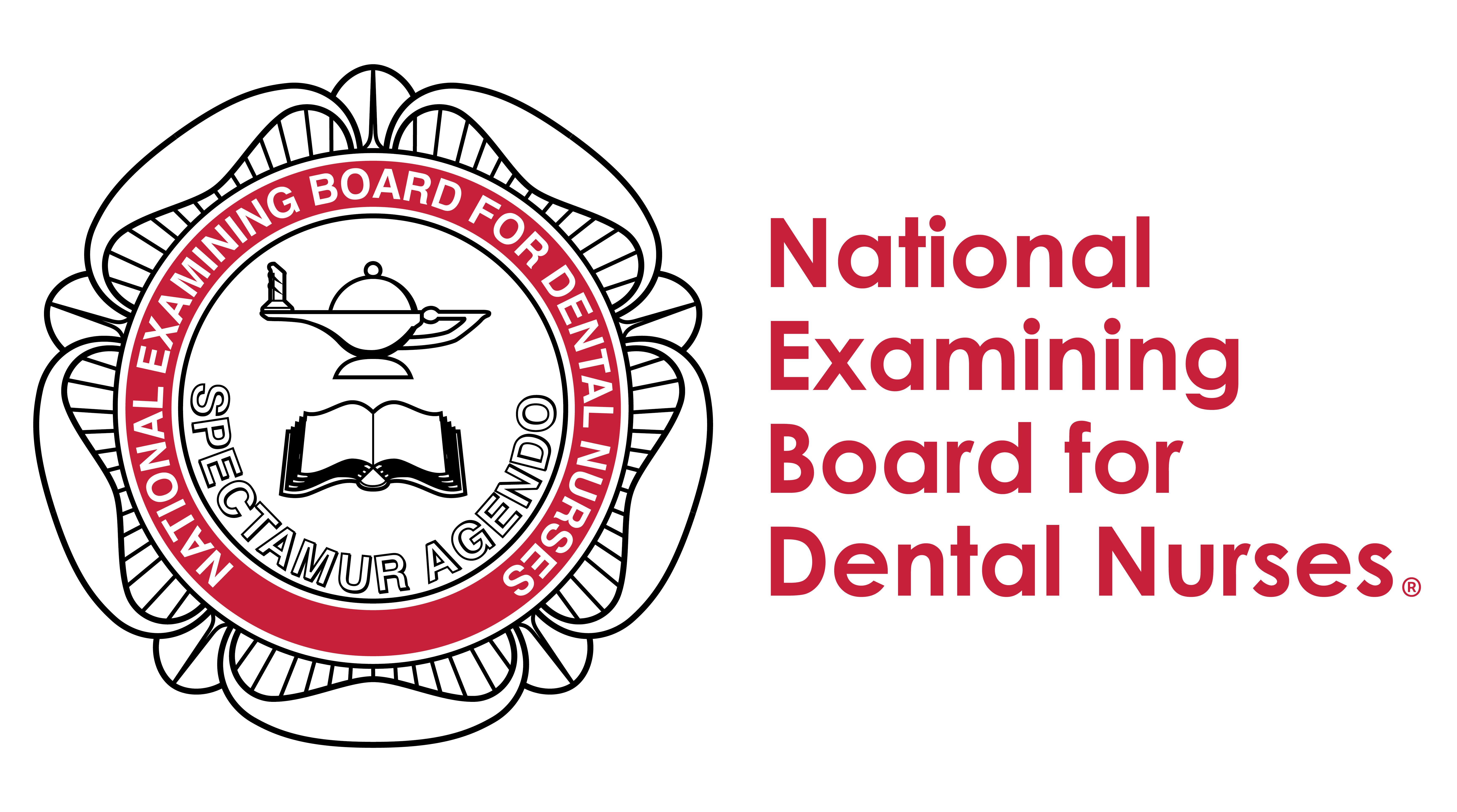Dental Radiography and Regulation
Introduction
There are currently 61,879 registered dental nurses according to the latest General Dental Council’s (GDC) figures. As Dental Care Professionals (DCP), they play a vital role in the delivery of care for patients, and often take on more advanced clinical and non-clinical responsibilities in addition to their main duties.
As a result of the GDC ‘Scope of Practice’ document, originally published in September 2013, dental nurses are permitted to carry out extended duties under varying levels of supervision. By undertaking these duties, a dental nurse can demonstrate their versatility, utility and value to employers, thereby improving career prospects.
Despite improvements in modern technology and ways of working, the role of radiography continues to play a fundamental part in dentistry throughout primary, secondary and tertiary care. From endodontics to periodontology, oral medicine to orthodontics, radiography underpins diagnosis and treatment planning.
When considering professional career development in the form of post-registration qualifications, it can make sense to start with a familiar area with a broad set of applications already embedded within dentistry, like radiography. However, dental nurses are increasingly becoming involved with Cone Beam CT (CBCT) scanning, 3D scanning and surgical template planning, highlighting that the post-registration qualification can continue to be relevant many years later, delivering returns for those motivated enough.
As well as the exciting practical aspects of radiography, there are the theoretical aspects which also need to be understood to gain a qualification. Understanding the regulatory aspects of radiography can initially be daunting for anyone at any level, and the consequences of non-compliance can be severe. Therefore, it is important to choose an appropriate Awarding Organisation (AO), with a reliable accredited course provider and a clear syllabus.
NEBDN provides a number of Post-Registration certificates which allow for the demonstration of knowledge, skills and professional attributes for specialised areas of practice, it has been awarding qualifications for over 78 years, and ensures that students’ knowledge, understanding and practical skills are assessed by highly experienced course providers.
Regulation
In the UK, all dentists and dental care professionals are required by law to be a registrant of the General Dental Council (GDC), the regulatory body for dentistry. The GDC recommend at least five hours per CPD cycle for DCPs, but only if they undertake radiography.
Dental practices also come under independent regulators:
-Practices in England are regulated by the Care Quality Commission who do so under the auspices of the Health and Social Care Act (HSCA) 2008.
-Practices in Northern Ireland are regulated by the Regulation and Quality Improvement Authority (RQIA)
-Practices in Scotland are regulated by Healthcare Improvement Scotland (HIS)
-Practices in Wales by Healthcare Inspectorate Wales (HIW).
In addition to the HSCA regulations there are two sets of dedicated legislation and relevant professional guidelines which govern the use of dental X-ray equipment:
-Ionising Radiation (Medical Exposure) Regulations 2018 (IRMER 2018) which relate specifically to protection of the patient.
-Ionising Radiations Regulations 2017 (IRR 2017) which relate to the protection of workers and the public
-Guidance Notes for Dental Practitioners on the Safe Use of X-ray Equipment
It is important to remember that there is context behind the regulation, legislation and guidelines which govern DCPs, primarily for the safety of patients, but also for you, your team, and the public. Therefore, gaining a solid understanding of these will make for a safer, more confident and able care provider.
In Practice
Despite being dry reading, healthcare providers do their best to be compliant, but this can prove to be difficult due the various pressures experienced in the settings in which dentistry is undertaken.
Key questions for the critical-minded dental nurse trying to better understand how regulation intersects with their life at work might be:
- Has the dental provider or organisation registered with the Health and Safety Executive (HSE)?
- Has the dental provider taken on the services of a medical physics expert (MPE)?
- Has the dental provider taken on the services of a radiation protection adviser (RPA)?
- Has the dental provider documented the arrangements for radiation protection physically or digitally? Have you had the opportunity to read these, and could do so again if you chose?
- For any new equipment, was there ever a Critical examination (CE) and Acceptance Test?
- Is the radiography equipment maintained or serviced, by an appropriate company, such as the organisation which installed the equipment?
- Is the radiography equipment subject to regular quality assurance/performance testing?
- Are there regular audits of the quality of radiographs? What were the outcomes, interventions and re-audit results?
- If you stay within the room when taking radiographs, are you/your team outside the scatter zone and the path of the beam? If not, are staff using dosimeters?
- Is your radiography equipment located in a surgery or separate room, and not in a public area or open corridor?
- Is the equipment intact and steady? Are rectangular or circular collimators used?
By engaging with these questions and finding out best practice, you can be assured that you’re compliant within the regulatory landscape and can demonstrate a solid understanding of it. If you’re not sure what to make of these questions, how they apply to you or how to begin to confidently formulate an answer, it may be worthwhile discussing with a senior member of the team. And if they’re not sure, it may well be worth considering a post-registration qualification so that someone is!
Confidence with NEBDN
A qualified dental nurse who is awarded the NEBDN certificate in Dental Radiography will be able to act under prescription as an IR(ME)R operator to safely take intra-oral and extra-oral radiographs of patients. The additional skills and confidence acquired, together with the theoretical knowledge of radiation and regulation gained, will enhance dental nurses personally and professionally, and bring benefits to employers and to patients.
The certificate is equivalent to a Level 4 qualification, perfect for bridging the gap to getting level 5 qualifications which is ideal for those considering undertaking a degree in later years.
The course involves the practical and theoretical aspects of radiography within dentistry. Dental nurses will gain knowledge of the importance of safe radiation along with the various types of radiographic images required within dentistry and the purposes of these.
Dental nurses are required to complete a work-based Record of Competence (RoC) and an online written examination. These logs of experience capture vital information about the Dental Radiography cases prescribed by the Clinical Referrer. The workplace ‘Witness’ will grade general performance against a number of competencies, and candidates are supported to reflect on their swiftly developing performance and skills.
Finally, there is a 90-minute online written examination composed of two sections:
• Part A – 45 multiple-choice questions (MCQ)
• Part B – 30 extended matching questions (EMQ)
Summary
As NHS and private healthcare begins the long road to recovery from the impact of COVID-19, optimising and upskilling the workforce in order to deliver more effective, efficient services makes logical sense. The astute practice manager or hospital performance and operations manager will be considering how their teams can best deliver care. For aspiring dental nurses, keen to develop themselves professionally and to stand out from the crowd, an NEBDN Post-Registration certificate can make all the difference in this period of change. Post-Registration certificates can help dental nurses develop into more confident, active members of their team and could be the next step in their exciting professional career.

James Ashworth-Holland
NEBDN Trustee
References available on request.
